Women who are not pregnant are stocking up on abortion pills over fears reproductive restrictions could increase
Tens of thousands of women in the United States are ordering medications used for abortions in case they might one day need them, as more states pass restrictions on reproductive rights.
a paper published in JAMA Internal Medicine found that telehealth provider Aid Access had received approximately 6,000 requests for the drugs from women who were not pregnant, an average of 25 per day before the Dobbs vs. Jackson case that overturned abortion protections.
After the decision, she received more than 42,000 requests, an average of 118 per day. Authors of the article found that sales increased faster in states where access to abortions is threatened.
Aid Access is a telehealth service that provides abortion pills to women in the first 13 weeks of pregnancy. The organization began offering the pills, Mifepristone and misoprostol, to women who were not pregnant in September 2021.
The pills cost about $150 and are prescribed online by U.S. healthcare providers. After ordering, women receive the medicine within one to five days.
The practice of ordering abortion pills before you are actually pregnant and want to terminate is known as prior provision. It is a relatively new practice and has increased significantly since the Supreme Court's decision to overturn national protections for the right to abortion.

The abortion pill, Mifepristone, is one of two medications used in medication abortions, which account for more than half of all abortions in the United States.
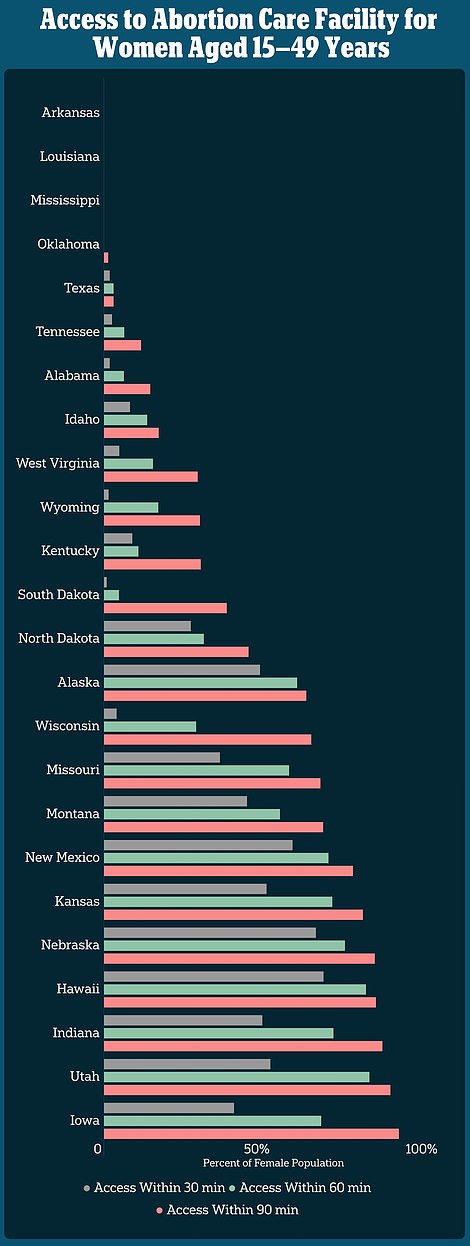

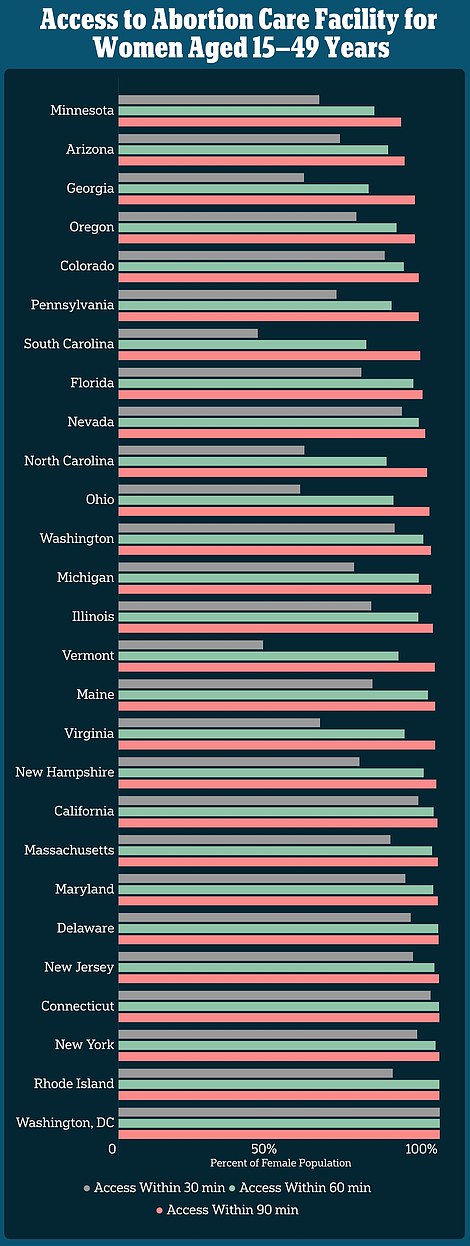

While previous studies of abortion access used only estimated distances to clinics, a 2023 study used isochrones, lines on maps that represent an area accessible from a point within a given time, and data from multiple government, state – and local authorities to create travel times. using real pathways, meaning this research identified women's real drivers
The study, conducted by researchers from Texas, Massachusetts and the Netherlands, looked at data from September 2021 to April 2023. It found that the average number of daily requests for the pills before the Dobbs decision was 25. After the Dobbs decision was leaked, this increased to 247 per day. After the official announcement of the Dobbs ruling, there were an average of 90 requests per day.
The daily number of requests increased again, to an average of 172, after conflicting statements were made about the legality of the pills.
After the Dobbs decision was leaked, the average weekly number of requests rose from 0.4 to 3.5 per 100,000 women of childbearing age – 15 to 44 years old – in states where abortion bans were expected soon – and reached even higher levels than in states where abortion bans were in effect. already in place.
States were divided into four classifications: 13 that had banned abortion after Dobbs; two that implemented a six-week ban; 13 states and Washington, D.C., which indicated that bans or restrictions were likely in the near future; and 22 states with no current or planned legal changes.
Among states with total or near-total abortion bans, prepayments rose the most in Tennessee after the Dobbs ruling was leaked but before the announcement was formally made.
In states with six-week bans, requests increased most in Georgia after the leak.
Washington, DC saw the largest increase among states with likely bans, rising after the Dobbs leak. There was another increase after the conflicting statements about the legality of abortion pills.
Of the states unlikely to ban abortions, requests rose the most after conflicting rules on the medication in Vermont.
Overall, researchers found that the majority of requests were made by women over the age of 30, who identified as white and did not have children.
According to the study, non-pregnant women who requested the drug were “motivated by a desire to preserve reproductive autonomy,” saying they did so to “ensure personal health and choice” and “prepare for possible abortion restrictions'.
Dr. Abigail Aiken, associate professor at the University of Texas at Austin and co-author of the study, told The New York Times: “People were clearly paying attention and saw the threat of abortion access disappearing or shrinking where they were, and thought, 'I have to prepare for that.'”
After the initial study, Dr. Aiken said 930 women answered follow-up questions.
Most still had the pills, but 58 had taken them and 55 had given them to someone else. All 58 women said the pills worked successfully and they experienced no serious side effects.
In June 2022, 49 years after Roe vs. Wade guaranteed the right to abortion, the decision was overturned in Dobbs vs. Jackson, which challenged the constitutionality of a 2018 state law in Mississippi that banned most abortions after the first 15 weeks of abortion. pregnancy.
In the ruling, the Supreme Court ruled that the U.S. Constitution does not guarantee the right to abortion.
After the ruling, 14 states made abortion illegal, meaning they banned the procedure entirely and enforced bans through civil and criminal penalties, including fines and prison sentences for women who undergo the procedure and healthcare providers who perform it.
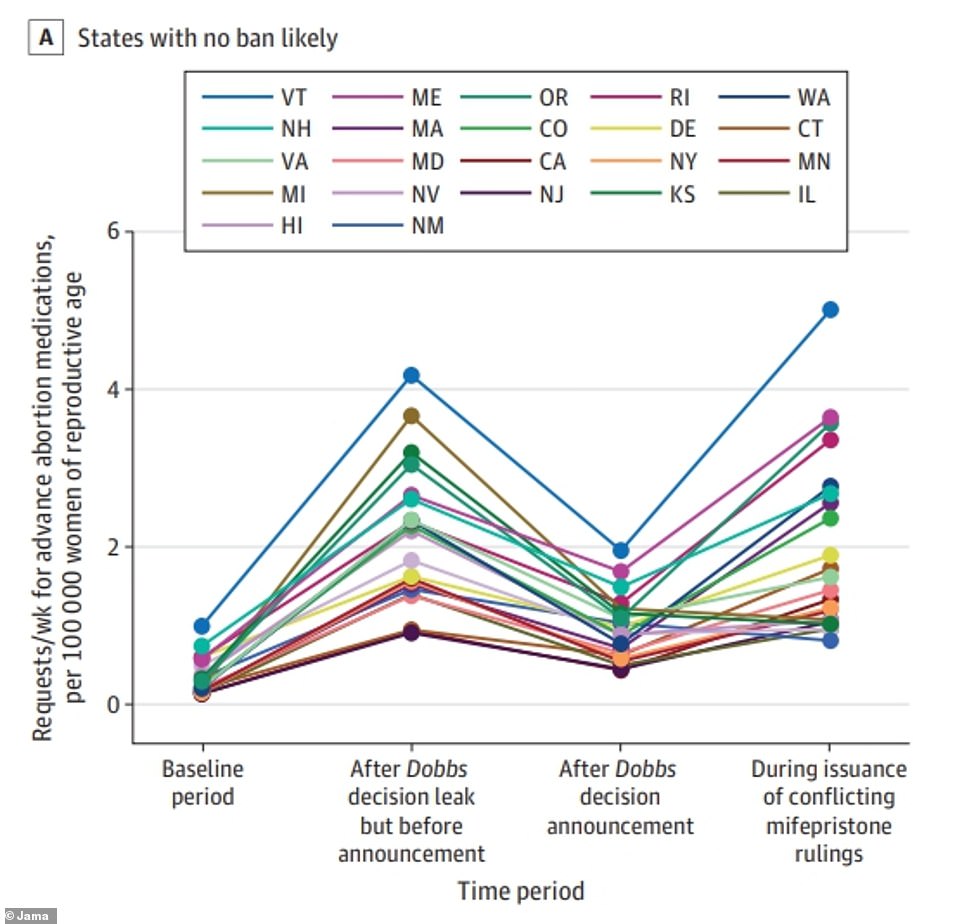

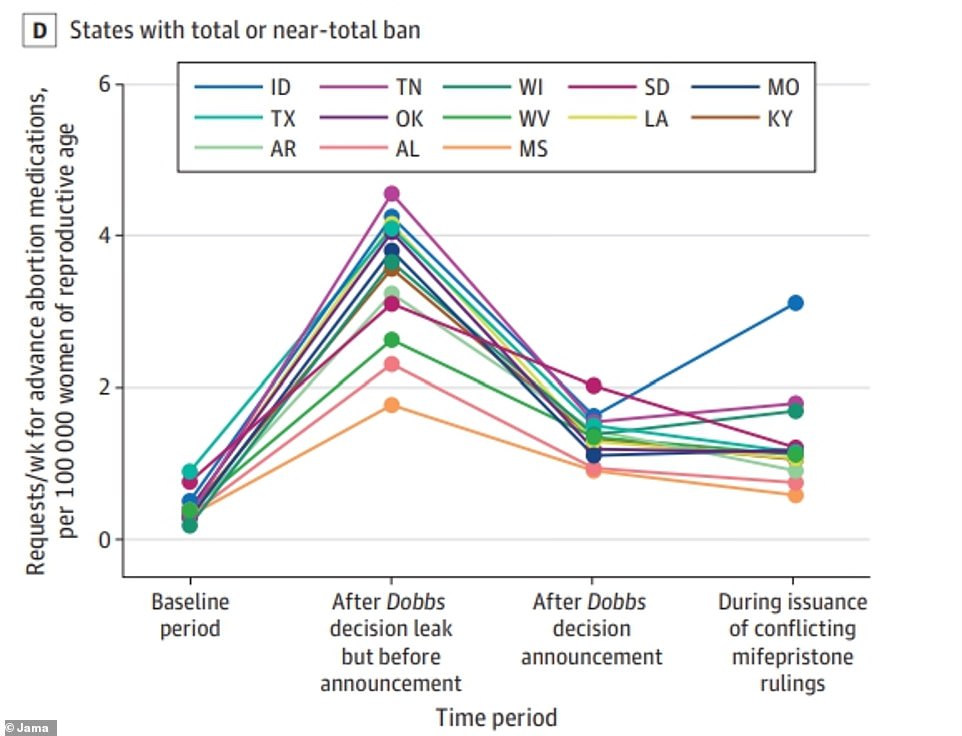

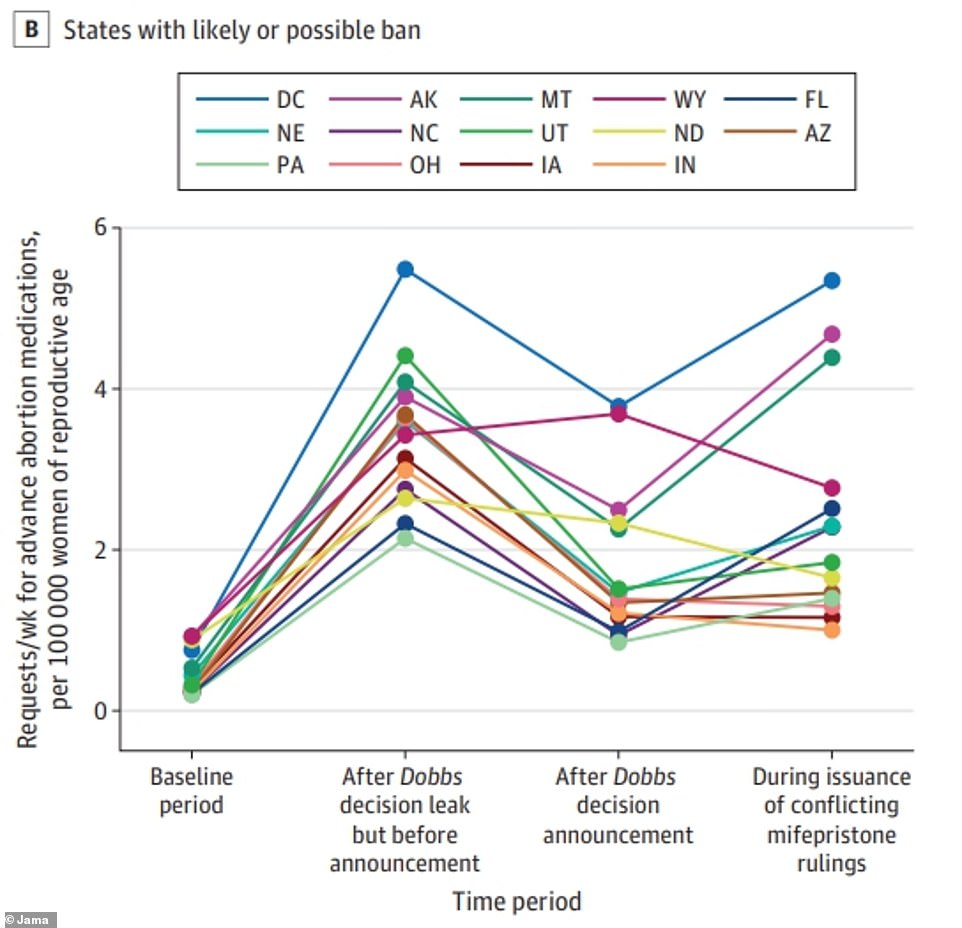

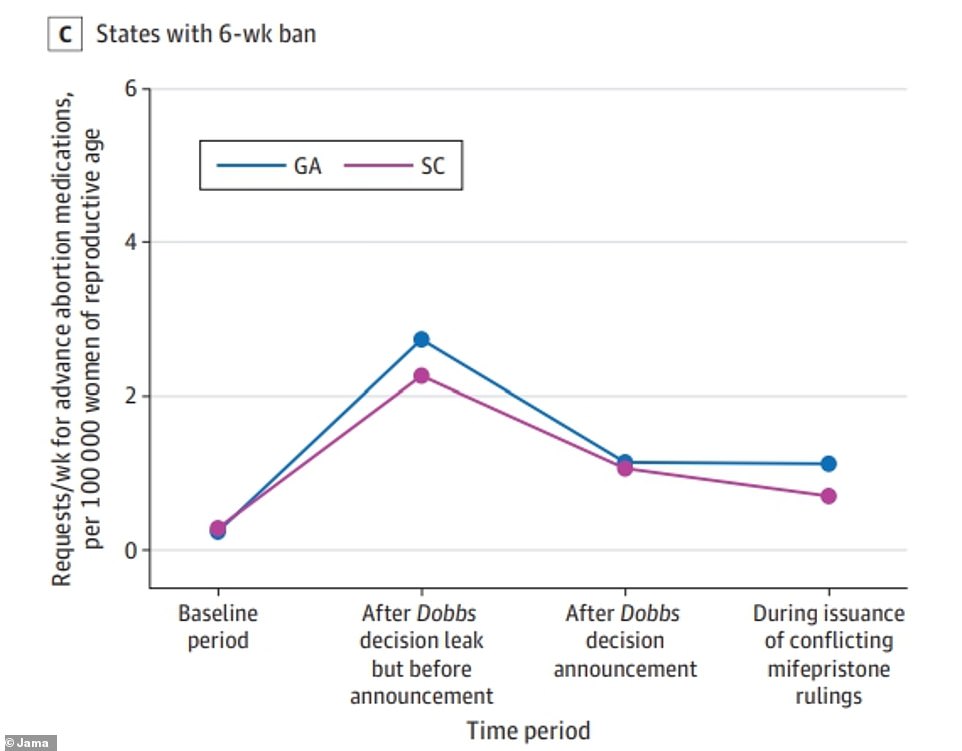

Mifepristone is made by New York-based Danco Laboratories and has a shelf life of three to five years.
It is one of two medications used in medication abortions, which account for more than half of all abortions in the United States. Since 2000, more than 5 million people have used it.
Medical abortions consist of taking mifepristone, followed one to two days later by misoprostol, which has a shelf life of 18 to 24 months.
Women who want to end their pregnancy in the first ten weeks without more invasive surgical abortion can use mifepristone, along with misoprostol.
The Food and Drug Administration has relaxed the conditions for mifepristone's use over the years, including allowing it to be sent through the mail in states that allow access.
However, abortion opponents filed a complaint against Mifepristone in November following the Dobbs decision and initially won a ruling six months later revoking the drug's approval entirely.
In December 2023, the Supreme Court announced it would decide a case challenging the use of the pill, the first abortion case since it overturned Roe vs. Wade.
The justices will hear appeals from the Biden administration and the drug's maker, asking the court to overturn an appellate ruling that would cut off access to the drug through the mail and impose other restrictions, even in states where abortion remains legal.
The case will be argued in the spring, with a decision likely in late June, in the middle of the 2024 election season.
